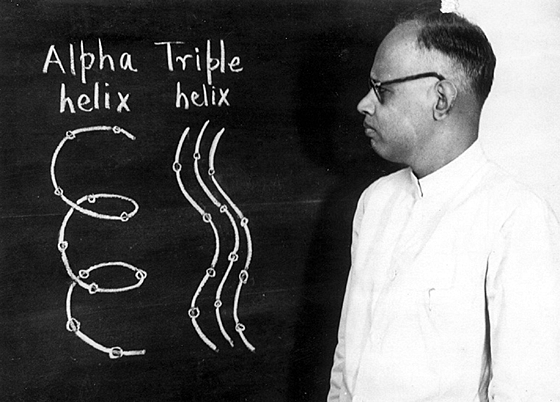
The Forgotten Genius: Why G.N. Ramachandran Deserved More Than Recognition
As the 2025 Nobel Prizes are being celebrated across the world, honoring some of the brightest minds of our time, one can’t help but reflect on the names that history has forgotten — and one such name is Dr. G.N. Ramachandran.
A man who revolutionized science with his pioneering work on the Ramachandran Plot and his groundbreaking contributions to 3D tomography, Ramachandran was a visionary far ahead of his time. His work laid the very foundation of structural biology — the science that helps us understand the architecture of life at the molecular level. Yet, despite his monumental achievements, he was never awarded a Nobel Prize, not once — though many argue he could have easily won two.
Ramachandran’s collagen triple-helix model reshaped our understanding of protein structures. His mathematical insights and X-ray diffraction studies were so profound that even decades later, modern imaging and medical technologies still rely on principles he first established. And yet, his name barely finds mention outside of specialized academic circles.
Why? Perhaps because he wasn’t part of the global elite, didn’t belong to the right institutions, or didn’t have the political or institutional influence that often shapes global recognition. Like many Indian scientists of his generation, Ramachandran worked with limited resources, far from the Western research networks that dominate the Nobel stage.
In celebrating the 2025 laureates, we must also remember the unsung heroes of science — the ones who contributed quietly, relentlessly, and with brilliance that transcended borders but not biases.
Dr. G.N. Ramachandran remains one of India’s greatest scientific minds — a man who proved that genius doesn’t need validation, even if the world chooses to forget.
